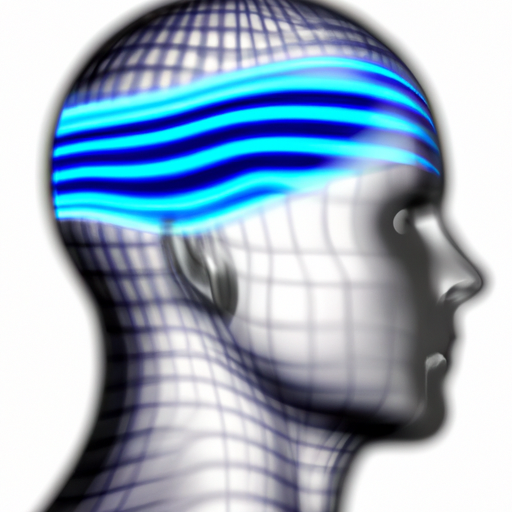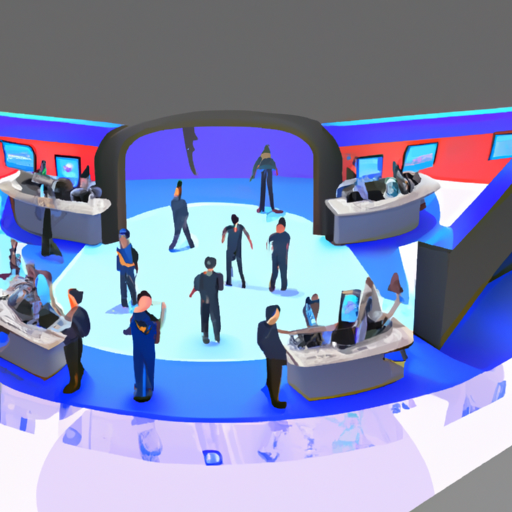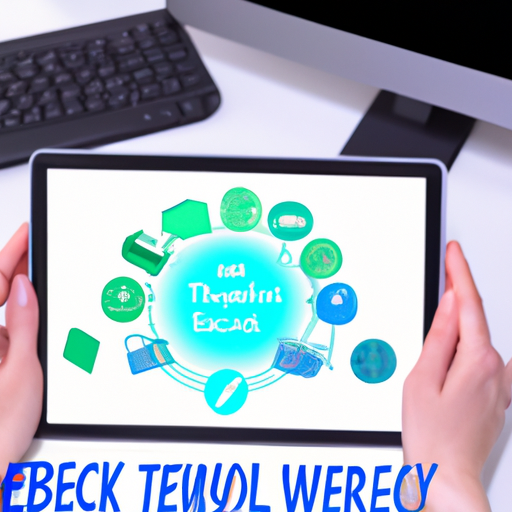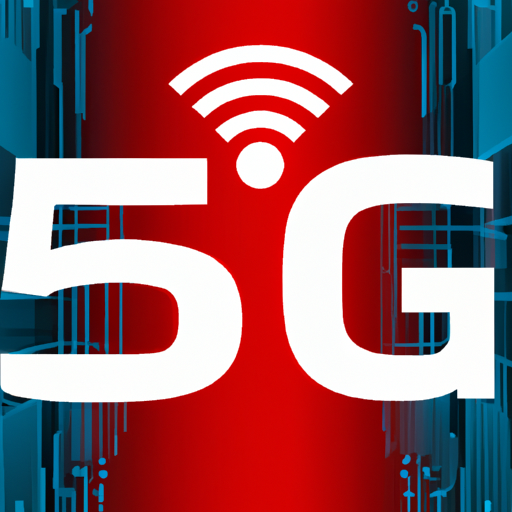The rapid growth of wearable health tech in 2023 is reshaping how we monitor our health and wellness. With advancements in technology, fitness trackers and smartwatches are now more sophisticated than ever, offering features that not only track physical activity but also monitor vital health metrics in real-time.
The Rise of Fitness Trackers
This year, fitness trackers have become essential gadgets for many individuals. They help users set personal goals, track their daily steps, and monitor their heart rates, providing valuable insights into their physical activities. Advanced versions even include features like GPS tracking, sleep monitoring, and calorie counting, making them indispensable for fitness enthusiasts.
Smartwatches: More Than Just a Timepiece
Smartwatches have transcended their primary function of telling time. Many models now come equipped with health-monitoring capabilities, like ECG measurements, blood oxygen level assessments, and stress level tracking. These devices empower users to take charge of their health by providing instant access to critical health data right from their wrists.
Integration with Mobile Health Apps
An exciting trend in 2023 is the seamless integration between wearable devices and mobile health apps. Users can now sync their wearables with applications that provide detailed analyses of their health trends, diet management, and fitness routines. This integration not only enhances the user experience but also promotes a holistic approach to health management.
The Future of Wearable Health Tech
As technology continues to advance, the future of wearable health tech looks promising. Innovations like non-invasive glucose monitoring and real-time health alerts can revolutionize how we approach personal health management. With an increasing emphasis on preventive healthcare, wearables are set to play a vital role in helping individuals lead healthier lives.
Conclusion
The surge in wearable health tech demonstrates a significant shift towards proactive health management. As these devices become more accessible, individuals will increasingly rely on them to monitor their health and make informed lifestyle choices. Whether through fitness trackers or smartwatches, the future is bright for technology that empowers us to take control of our health.
Stay connected with the latest developments in digital health and explore how these innovations can enhance your wellness journey.












